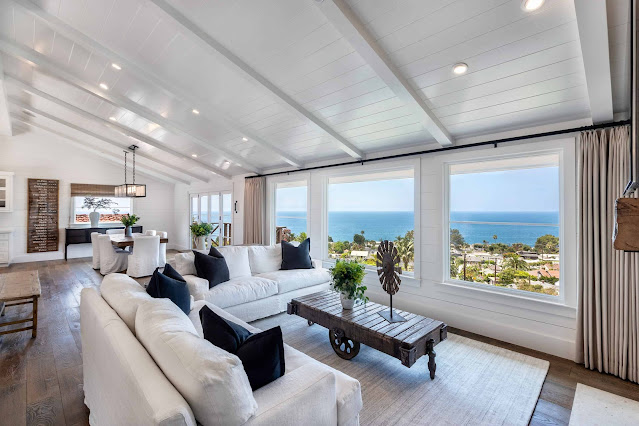Buying carpet is not an everyday affair; in fact, some people may only buy carpet a few times in their lives. As a result, it's only natural for customers to become perplexed by the carpet-buying procedure and wind up with a carpet that doesn't meet their requirements. When you are setting up the interior décor or are revamping it with the experts of Newport Beach Interior Designer, there are a number of things that you need to consider.
When buying for carpet, be sure to avoid the following typical blunders -
Getting Hung up on Weight
When
it comes to carpet shopping, this is arguably the most common caution
to take. Do not assume that a carpet with a higher face weight is
superior to one with a lower face weight. It’s a simple error to make
since we understand how to assign a numerical value to anything to
signal quality – in other words, we “know” that a larger number (weight)
is better. However, when it comes to carpet, there are just too many
other aspects to consider when deciding overall quality. Unfortunately,
many salesmen are either uninformed or uninterested in adequately
explaining this to customers. It’s much easier to tell someone that a
50-ounce carpet is better than a 40-ounce carpet than it is to describe
all of the other factors, such as twist, density, and so on.
Skimping on Underpad
This
is one of the worst errors you can do as per the Newport Beach Interior
Designer. When it comes to buying new carpet, we understand how
difficult it is to justify spending more money on something you can't
see. You'd probably rather save the money and put it towards something
you can sit back and admire. But the majority of the time, it's what you
can't see that counts. Consider your car's tyres or your mattress, for
example. Both are vitally important for your safety and comfort, yet
none has any aesthetic appeal. The same can be said for carpet underpad.
Underpad protects your carpet from wear and tear by cushioning the
impact of foot traffic so that the carpet doesn't have to. A
higher-quality underpad will not only feel more pleasant to walk on, but
it will also help your carpet appear nicer for longer than a
lower-quality pad. The importance of your underpad cannot be overstated:
your carpet is only as good as your underpad. If you're on a limited
budget, we recommend putting a little less money into the carpet and a
little more into the underpad. With a high-quality underpad, a
lower-quality carpet will look, feel, and function better.
Are not the same even if they look same
This is especially true if you're collecting bids on different things from multiple retailers. Make sure you're comparing apples to apples, as the adage goes. Just because two carpets have the same appearance and feel does not guarantee they will perform similarly.
So, how do you compare various products? Make sure they're made of the same material, have the same style, and are of comparable quality. Also, examine the carpet warranties offered by different manufacturers. You are obviously not looking at the same grade of carpet if one has a 10-year warranty while the other has a 20-year warranty.
Calculating Your Square Footage
Before you go shopping, we think it's a good idea to take some measures of your own. It will offer you a broad estimate of the project's overall cost, allowing you to determine which things you can realistically consider in order to stay within your budget. It's a lot more complicated than summing up the square footage of your rooms to figure out how much carpet you'll need. There are so many other factors to consider – for example, the width of the carpet roll and the direction of the carpet pile – that just multiplying your dimensions will almost never give you an appropriate result. The salesperson should be able to account for these factors and provide you with an estimate of your overall square footage requirements.
If you are looking for the latest trends on home décor and how to spruce up your interior ambiance, visit paytonaddison.com.

No comments:
Post a Comment